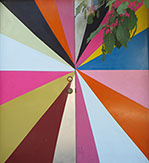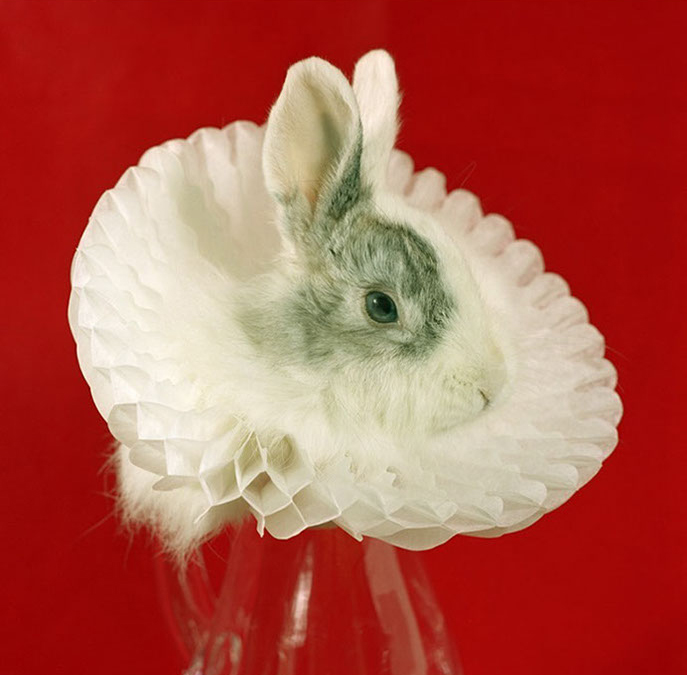
Winslow Garage

Natalia Edenmont
Wanted Dead or Alive
Curated by Per Hüttner for LA International
with work by Carlee Fernandez, Natalia Edenmont, and Ivan Fayard
It is often said that the one thing that we know with certainty is that we are going to die. Understanding and acknowledging death is one of the greatest challenges facing each human being. Animals have often been used as metaphors in folklore to address issues that are taboo or difficult to talk about. There are many fables full of cruelty, humour and a directness that is rarely seen in stories depicting human interaction.
Wanted Dead or Alive brings together three culturally diverse artists that use animals in different ways to reveal and address issues that boil with controversy. They all use new technologies or appropriate contemporary phenomena to cast new light on life and death.
Nathalia Edenmont’s photographic portraits of animals are seducing and majestically beautiful. On closer inspection we become aware that we are staring death in the eye and that it stares back at us. Edenmont was brought up in the former Soviet Union and is since 12 yeas living in Sweden. Her images are metaphors of the hypocrisy of the authoritarian society she was surrounded by in her childhood and the lack of acceptance for the foreign in contemporary Swedish society.
In his “Usurpers Series” French artist Ivan Fayard makes paintings that copy stills from classic Disney movies. In each image Fayard changes a detail, which transposes the fairytale into brute realism incorporating sexuality, vengeance and scatological references. On the one hand Fayard brings back the directness of the Brother’s Grimm stories that Disney moulded his narratives on, where death is real and painful. On the other hand he takes out the inherent anachronism and throws Disney right back into the contemporary.
Los Angeles based artist Carlee Fernandez makes sculptures from dead animals and re-styles them into fashion objects, like bags and functional objects like stepladders or laundry baskets. The objects reveal both how blind we have come to the consumer products around us, but also how far away from the abattoirs that produce the food that we eat.
With the rise of modern medicine and science, death has been removed from the everyday experience. It has moved into the long corridors of enormous hospitals and contested by cryogenics. The meat we buy at Ralph’s or the leather of our Prada shoes no longer come from real animals. They are simply commodities that bring us a moment of distraction from the real stress mortgage payments and social commitments.
Wanted Dead or Alive brings back these discussions and show artists who do not shy away from impertinent questions that titillate and allure.
-Per Hüttner